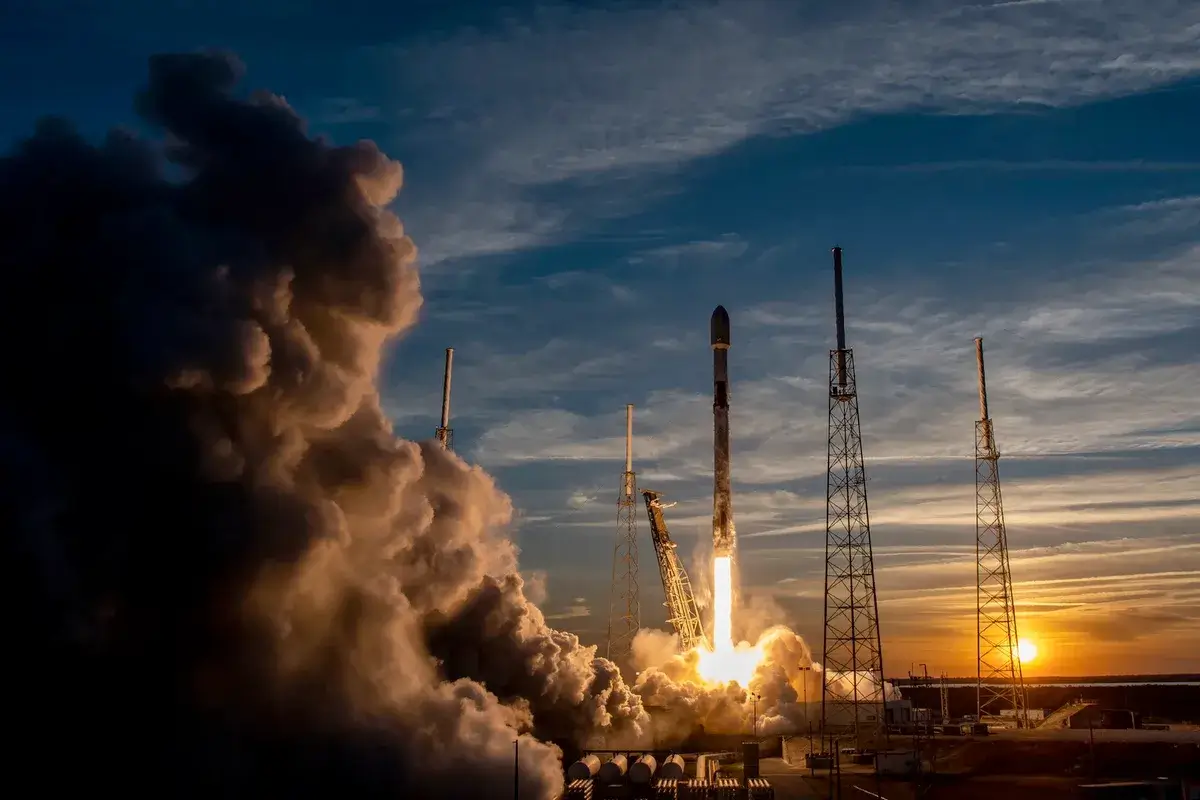SpaceX continues to expand its Starlink constellation, launching batches of satellites with a new, optimized design. These recent missions signify a strategic move to enhance network capacity and efficiency, utilizing advancements in satellite technology and Falcon 9 rocket capabilities.
The core of this progress lies in the "V2 Mini Optimized" Starlink satellites. These satellites represent a significant upgrade over previous versions. SpaceX's 2024 progress report highlighted that these optimized satellites feature upgraded avionics, propulsion, and power systems. A key improvement is mass optimization, enabling the Falcon 9 to carry more satellites per launch – up to 29, which is six more than the original V2 Mini design. These satellites weigh approximately 575 kilograms (1,267 pounds) at launch, nearly 22% lighter than the original V2 Mini satellites. This weight reduction directly translates to increased network capacity delivered to orbit per launch. Each V2 Mini Starlink satellite can deliver 96Gbps of network bandwidth.
SpaceX has been steadily increasing the number of Starlink satellites per launch. In 2024, launches typically carried 20 to 23 satellites. More recently, the number has increased to 27 and 28 per flight, using the same Falcon 9 vehicles. For example, the Starlink 6-80 mission launched 28 Starlink V2 Mini satellites on March 31, 2025, representing the largest batch of this type of satellite on a single mission.
These launches utilize Falcon 9 rockets, including both new and previously flown boosters. SpaceX continues to refine its booster reuse program. For instance, the Falcon 9 first stage booster B1080, which launched the Starlink 6-80 mission, was making its 17th launch, having previously supported missions to the International Space Station, the European Space Agency's Euclid observatory, and other Starlink flights. The booster successfully landed on the droneship "Just Read the Instructions," marking the 113th booster landing on this droneship and the 424th booster landing to date. On April 7, 2025, a brand-new Falcon 9 booster launched a batch of 27 Starlink satellites from Vandenberg Space Force Base in California. The booster landed on the "Of Course I Still Love You" droneship in the Pacific Ocean.
As of March 28, 2025, there are 7,135 Starlink satellites in orbit, with 7,105 operational. While the Starlink constellation grows, it has raised concerns among astronomers and spaceflight safety experts. The brightness of the satellites can interfere with astronomical observations, and the sheer number of satellites increases the risk of collisions in Earth's orbit. SpaceX is also developing much larger Starlink V3 satellites, which are expected to debut once the Starship rocket is operational.















